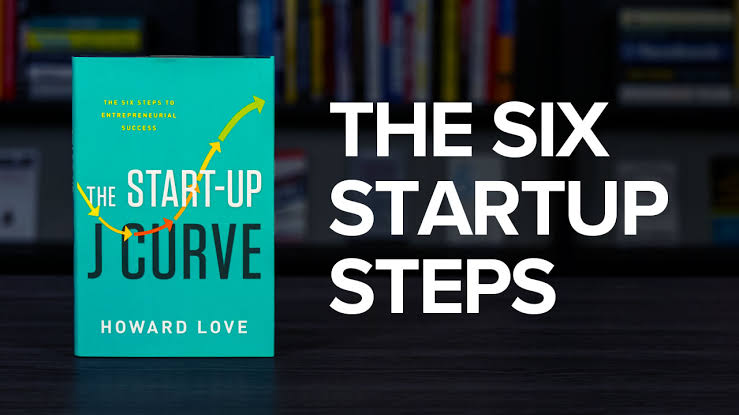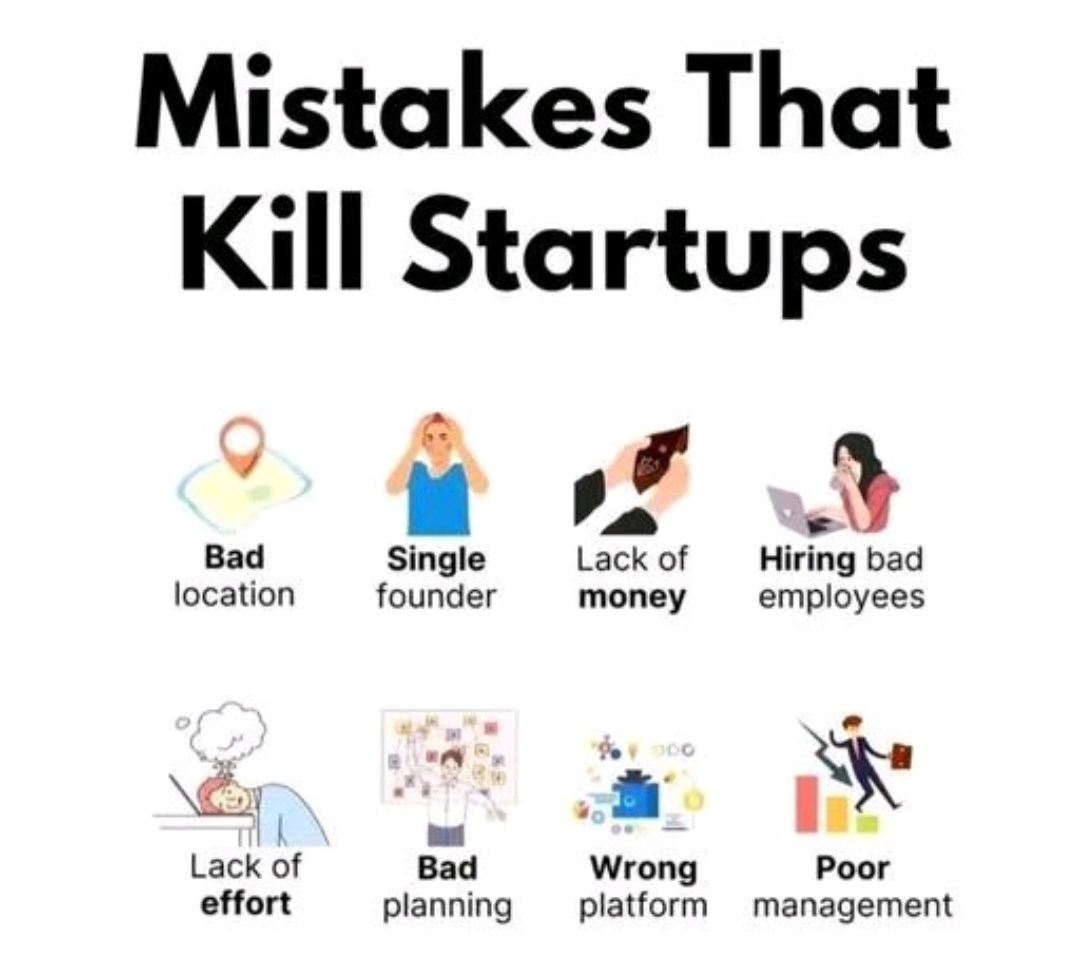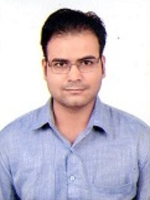Back
SHIV DIXIT
CHAIRMAN - BITEX IND... • 1y
📖 DAILY BOOK SUMMARIES 📖 🔗 DIRECT FREE E-BOOK DOWNLOAD LINK AVAILABLE — https://drive.google.com/file/d/1AC28UBQp3Zzvus5qSf7A3nfqHHSzS23i/view?usp=drivesdk 🔥 The Startup J Curve 🔥 🚀 20 Lessons 👉 ✨ Howard Love ✨ 1. The Startup J Curve • A model that explains the predictable pattern of highs and lows experienced by startups as they move through different stages of growth. 2. The First Step: The Search • Focuses on understanding customer needs and validating product-market fit, where initial failure is common but essential for learning. 3. The Second Step: The Founding Team • Highlights the importance of assembling a strong, complementary team that can handle the uncertainties of startup life. 4. The Third Step: The Product • Developing a viable product that resonates with customers and solves real problems while iterating based on feedback. 5. The Fourth Step: The Market • Identifying the right market segments and targeting early adopters who are willing to test and provide feedback on the product. 6. The Fifth Step: Scaling • Once product-market fit is achieved, this step focuses on scaling operations, increasing revenue, and expanding customer acquisition channels. 7. The Sixth Step: The Exit • Preparing for a potential exit through acquisition or IPO, while positioning the business for long-term sustainability. 8. The J Curve Pattern • Describes how startups initially go through a decline in growth and performance before experiencing rapid acceleration and success. 9. The Importance of Persistence • Emphasizes the need for persistence through early failures and setbacks to reach long-term success. 10. Risk and Reward • Illustrates how startups face higher risks in the early stages but have the potential for significant rewards if they navigate the J curve successfully. 11. The Role of Customer Feedback • Continuous feedback from customers is crucial for refining the product and business model during the early and scaling phases. 12. The Right Timing • Timing the market is critical, as startups that enter the market too early or too late may struggle, even with a great product. 13. The Pivot • Describes the process of making course corrections (or "pivots") when initial assumptions or products don’t work as expected. 14. Understanding Burn Rate • A focus on managing the startup's burn rate (how fast capital is spent) while ensuring there’s enough runway to achieve product-market fit. 15. Entrepreneurial Resilience • Building resilience to bounce back from failures and setbacks, which are inevitable in the startup journey. 16. The Importance of Sales and Marketing • Developing effective sales and marketing strategies is essential for reaching customers and growing the business, particularly during the scaling phase. 17. The Investor Perspective • Discusses how investors evaluate startups and the importance of demonstrating progress, even during periods of slow growth.

Replies (11)
More like this
Recommendations from Medial
Siddharth K Nair
Thatmoonemojiguy 🌝 • 8m
Common Mistake That Kills Startups 🧨 One of the deadliest mistakes that kills startups early is scaling too soon without product-market fit. Many founders rush into hiring, marketing, and expansion before truly validating their solution with rea
See More
Satyam Kumar
"Turning visions int... • 9m
Why Do Most Startups Fail? A. No Market Need... B. Running Out of Cash... C. Weak Business Model.... D. Bad Team.... E. Tough Competition.... F. Pricing Issues... G. Poor Marketing... H. Ignoring Customers.. I. Scaling Too Fast... J. Legal & Regulat
See MoreYaswanth Mamidi
Innovating Auto Care... • 1y
What’s Your Biggest Challenge? 🤔 Early-stage entrepreneurs face different challenges every day. What’s your biggest hurdle? 💼 Fundraising? 🚀 Scaling? Or 💡 Finding Product-Market Fit? Let us know in this poll! #StartupChallenges #FounderJourney
See MoreSHIV DIXIT
CHAIRMAN - BITEX IND... • 1y
Stretegy For Startup Growth ( 1 ) ★ Blitz Scaling Strategy Blitz Scaling is a business strategy that is used by many early stage startup to become market leader like uber , byjus , Netflix , arbnb , Facebook and many other. In simple words Bli
See More
Download the medial app to read full posts, comements and news.





































